#regionalist painting
Text

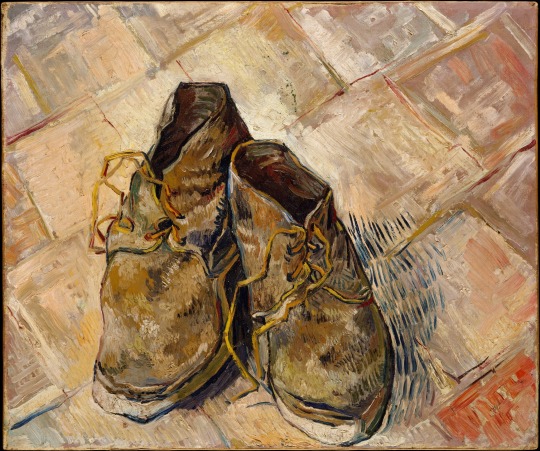
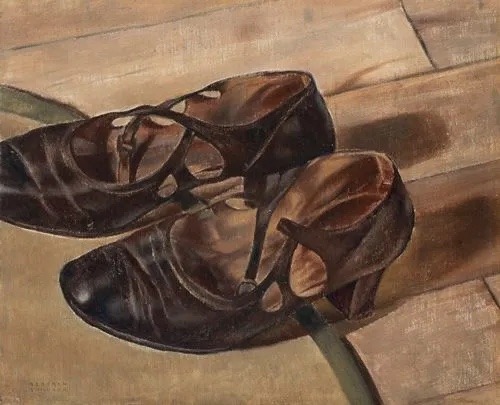
Grant Wood, Old Shoes, 1926
Vincent van Gogh, Shoes, 1888
Bertram Brooker, Shoes, 1934-1936
#grant wood#vincent van gogh#Bertram Brooker#shoes#shoe art#shoe painting#american artist#american art#regionalist painting#regionalist#regionalism#american regionalism#dutch artist#dutch painter#french painting#post impressionist art#post impressionism#french art#modern art#art history#aesthetictumblr#tumblraesthetic#tumblrpic#tumblrpictures#tumblr art#aesthetic#beauty
37 notes
·
View notes
Text

#grant wood#american artist#american art#american painter#american painting#american regionalism#regionalist art#regionalist#regionalism#portrait#portrait painting#chickens#farm animals#modern art#art history#art#painting#oil painting#oil on canvas#artwork#handmade#art blog
16 notes
·
View notes
Photo



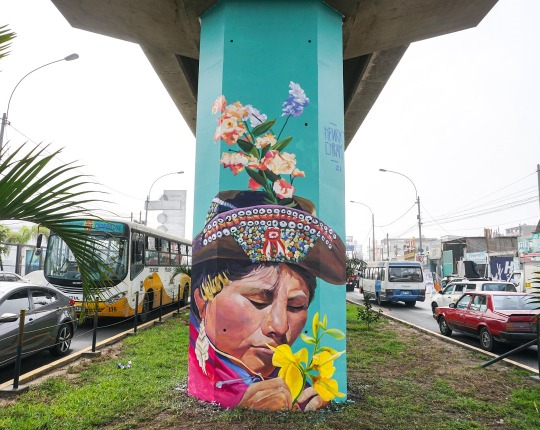
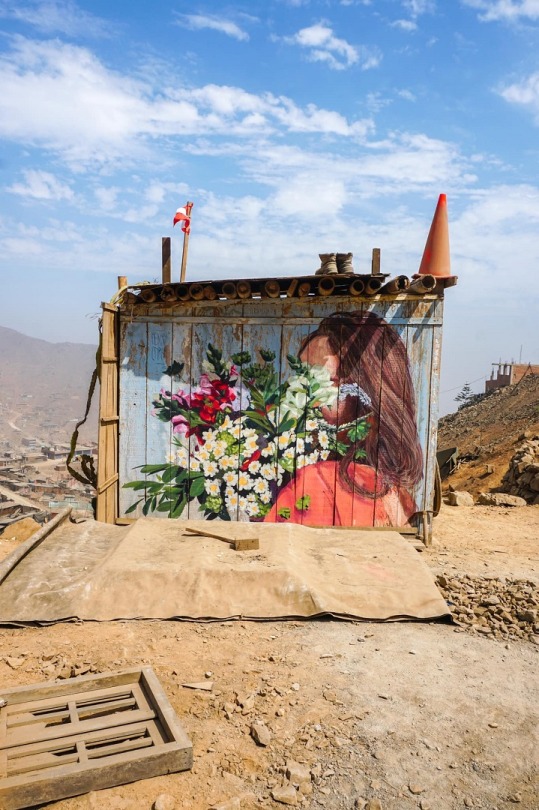


Henry Chram
#henry chram#street art#urban intervention#muralism#wall paintings#pop culture#south american artist#beautiful nature#regionalist art
102 notes
·
View notes
Text
Andrew Wyeth: The Helga Pictures :: John Wilmerding
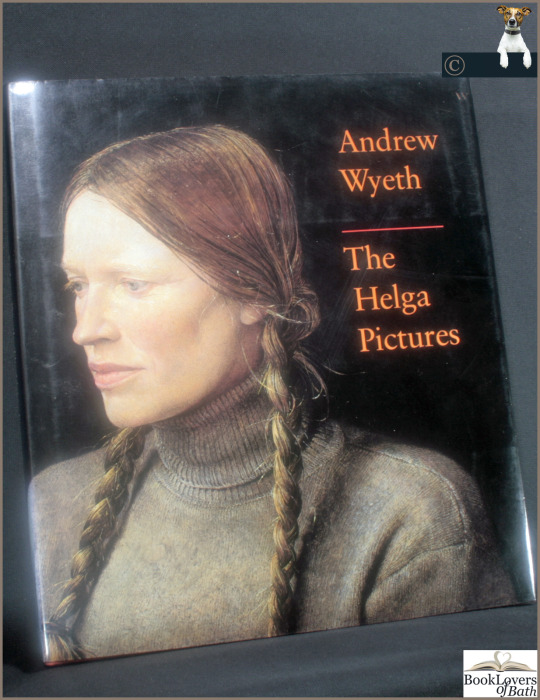
View On WordPress
#0-8109-1788-2#american painters#american portraits#art pennsylvania#books by john wilmerding#female artists#first edition books#interpretation artists#interpretation painters#interpretation painting#j carter brown#national gallery art washington#realist painting#regionalist styles#women artists
0 notes
Text
Where Andrew Wyeth shows a Wabi Sabi Aesthetic
Andrew Wyeth’s art is often associated with the concept of wabi-sabi, a Japanese aesthetic philosophy that values the beauty of impermanence, imperfection, and incompleteness. Wyeth’s paintings are characterized by their simplicity, muted color palette, and attention to detail, which contribute to their overall sense of tranquility and quiet contemplation. In this essay, I will explore where we…

View On WordPress
#Aesthetics#art#art critique#art education#art history#Artist#Artwork#creativity#Expressionism#inspiration#painting#Regionalist#wabi sabi#Wyeth
1 note
·
View note
Photo

Thomas Hart Benton
Cave Spring, 1963
Tempera on Panel
Nasher Museum of Art at Duke University
#art#art history#american art#american artist#thomas hart benton#painting#tempera#panel#regionalism#regionalist#landscape#cave spring#nasher museum of art#duke university
0 notes
Text

MARY BINFORD MILLER (20th/21st C.) NEO-REGIONALIST OIL
Mary Binford Miller (20th C. Kansas)
Pitchin' Hay (2011)
The oil on artist's board, painted in the realist style on an impressive scale, is interesting and appealing for its complex composition of detailed farm machinery, circular wheels, angular hay chute, grid-like wagon gate, and linear belts juxtaposed with the simplicity of two well-drafted figures at work in the sun against a big, blue sky.
Soulis Auctions
6 notes
·
View notes
Note
Who are some of your biggest influences in your art?
I’ve answered this question or something like it a couple times (1 2 3 4 + archive of interviews I’ve done with people) so I’ll hit the main points and then talk about some different stuff I’ve been into recently.
Favorite artists who have influenced me the most in no particular order:
Wayne Barlowe
Moebius
Mark Schultz
Simon Roy
Cosimo Galluzi
CM Kosemen
John Howe
James Gurney
Katsuya Terada
Hayao Miyazaki
I could name more, but those are the main people that I come back to, year after year.
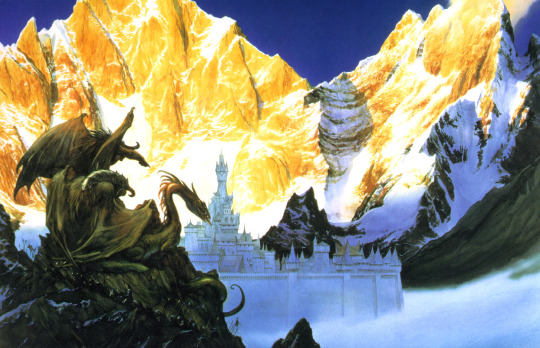
Picture above by John Howe
General art movements/styles that have influenced me
19th century academic art, especially Orientalist painters (to be clear, I don’t endorse any of the harmful racial attitudes behind many of them, it’s just stuff that I saw as a kid that I thought looked cool and different and mysterious)
Ukiyo-e, Shin Hanga, Japanese woodcuts generally
Late 80s to 90s anime
Most comic art
Online spec bio art communities
Video game character/creature designs: Sonic, Pokemon, Legend of Zelda, Shining Force, etc
Art Nouveau
Fuck it, basically all Gilded Age, Fin de siècle, Belle Époque, late 19th/early 20th century European art movements that were more or less representational or illustrative

Picture above by Ludwig Deutsch. I had a bookmark of this painting for many years and I would often get distracted while reading and just stare at it.
I think I’ve talked about all that stuff before but if you want more details or specifics just ask!
For the last couple years, my really big influences have all been other artists I’ve met online. I mean I made a whole book with @ordheist and @bagb0ss. There’s a sort of loose cloud of (mostly) SFF artists that I’ve been really lucky to work and speak with and we all kinda know or know of each other or end up in the same Discord servers, or working on the same RPGs, etc. I’m not gonna link everybody but if you go through the interviews I’ve conducted for my newsletter or check out my side blog you’ll start to figure out who I mean (seriously a lot of these people are coming to tumblr now from twitter and I’ve been reblogging the hell out of them.) Seeing all the stuff my peers are putting out and talking with them is the source of like 90% of the ideas for my personal illustrations these days. It’s cool to be part of a community. I wish there were more opportunities to meet in person, but it’s still cool.
The other stuff that’s really been in my head lately is art that’s less illustrative, more abstract and graphical. Not pure abstraction mind you, but I’ve really been digging stuff that’s more about communicating a concept, feeling, piece of information, or idea than a narrative. More about design and composition than rendering. I recently read Philip Meggs’ History of Graphic Design and that’s turned me on to so new many artists and styles. In particular I’ve fallen in love with all the Vienna Secession guys, the Glasgow Style artists, and all the graphic and bookmaking ideas that came out of the Arts and Crafts movement. I don’t know how I want to work these ideas into my drawings yet and I haven’t had a lot of time to experiment lately but they're definitely bouncing around in my head.


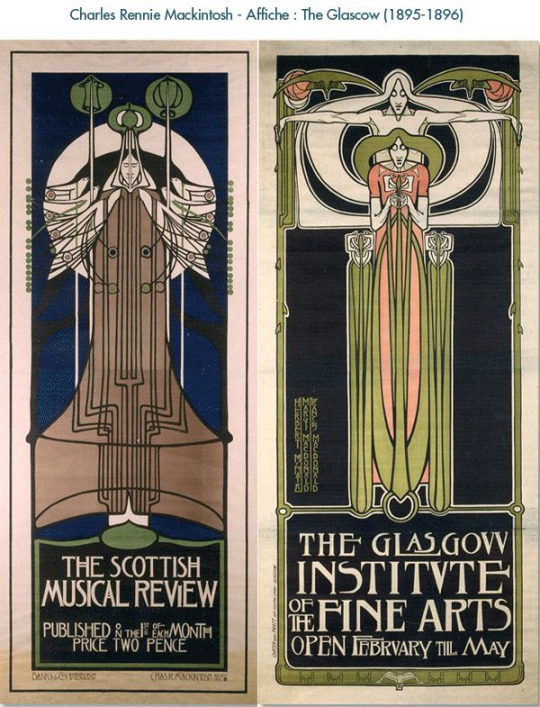

Above from top to bottom: two pieces by Koloman Moser, two posters by Frances Macdonald, and two pages from The Glittering Plain, written and designed by William Morris.
There’s a whole lot of art that I really love but it rarely gets reflected in my drawings- American Regionalist paintings, gig posters, childrens’ storybooks, Eastern European Mosaics, Native American art, outsider art, colonial Americana …. One day I’ll find a way to synthesize it all.
Anyway, hope this is interesting/fun/informative and if you have any follow up questions don’t hesitate to ask!
-Logan
#art nouveau#illustration art#vienna secession#arts and crafts movement#glasgow style#send me an ask!
68 notes
·
View notes
Text
Danny Galieote's "Americana West."


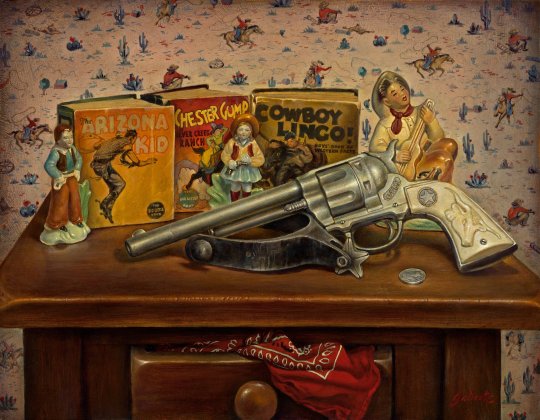
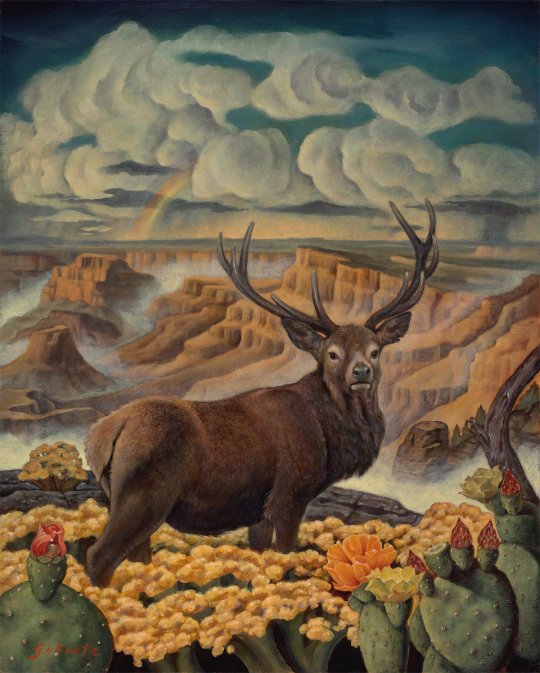





Currently on view at Maxwell Alexander Gallery in Los Angeles, California is artist Danny Galieote's solo exhibition, "Americana West."
Galieote was raised in the San Fernando Valley, a suburb of Los Angeles, surrounded by the most famous movie studios. As a kid his obsession with Hollywood Westerns and the like were exaggerated by the fact that his family owned horses, where he could experience a taste of rural life.
Fast forward and it all makes sense why Galieote became a successful Disney animator - turned fine artist. Today, Galieote works out of his Burbank studio not far from his childhood roots. His obsession with America hasn't faded - influences of the regionalists can be seen throughout his artwork, while his focus on the West has become a common theme. Paintings like "Monument Morning" bring us back to the desert and the early mornings we have all experienced on our travels - calm and at peace with nature. "Hollywood Western" reminds us of a simpler time, before streaming services, when we had to actually go somewhere to watch a movie. The painting features movie posters of John Wayne & Gene Autry and other elements to pull at our nostalgic heartstrings.
Galieote's unique style and his ability to draw from the past make his work something truly special. We have not even touched on his classical techniques that he applies to his works - but they are there - and most noticeable when viewing in person.

BUY PRINTS | FOLLOW ON INSTAGRAM
56 notes
·
View notes
Text
Virtual Sketchbook #4:
1. WRITING, THINKING AND LOOKING CRITICALLY:
Jackson Pollock’s journey from studying with Thomas Hart Benton to creating his iconic drip paintings involved a shift from abstract imagery to complete abstraction. While under Benton’s support, Pollock was exposed to the fluidity and rhythm of the American Regionalist style, which influenced his early works that contained reoccurring figurative elements. However, exposure to Surrealist ideas and their focus on automatism prompted him to explore new approaches. So, Jackson Pollock had a break from traditional imagery which became apparent when he adopted the drip technique in his art. This involves poured or dripped paint onto a canvas laid on the floor. This method allowed for a more direct and physical engagement with the painting process, emphasizing a natural movement of the artist. Through this process, he transitioned from using abstract imagery to creating entirely abstract compositions, ultimately leading to his iconic “drip” paintings that embody Abstract Expressionism.
2. ART PROJECT - digital artwork

Ode to all the chaos in my mind of all the things I need to do.
0 notes
Text

Grant Wood
Death on the Ridge Road
1935
#grant wood#regionalist#regionalist painting#regionalism#american regionalism#american art#american artist#american painting#american painter#landscape#landscape art#landscape painting#automobile#car art#car painting#modern art#art history#aesthetictumblr#tumblraesthetic#tumblrpic#tumblrpictures#tumblr art#aesthetic#beauty
22 notes
·
View notes
Text
WRITING, THINKING AND LOOKING CRITICALLY
Jackson Pollock's evolution from studying with Thomas Hart Benton to pioneering his famous "drip" paintings involved a profound shift in his artistic approach and philosophical stance towards art. Initially influenced by Benton's regionalist style and figurative imagery, Pollock gradually began to break away from representational forms. This transition was marked by his exploration of abstract imagery, where he experimented with elements of form and color divorced from recognizable subject matter. However, it was his experimentation with the drip technique that culminated in the complete removal of imagery from his paintings. By allowing paint to drip, splatter, and flow freely onto the canvas, Pollock embraced spontaneity and chance, prioritizing the act of painting itself over any predetermined imagery. This shift towards non-representational expression allowed Pollock to delve deeper into the emotional and psychological dimensions of art, creating works that embodied raw energy and pure abstraction.
2. ART PROJECT
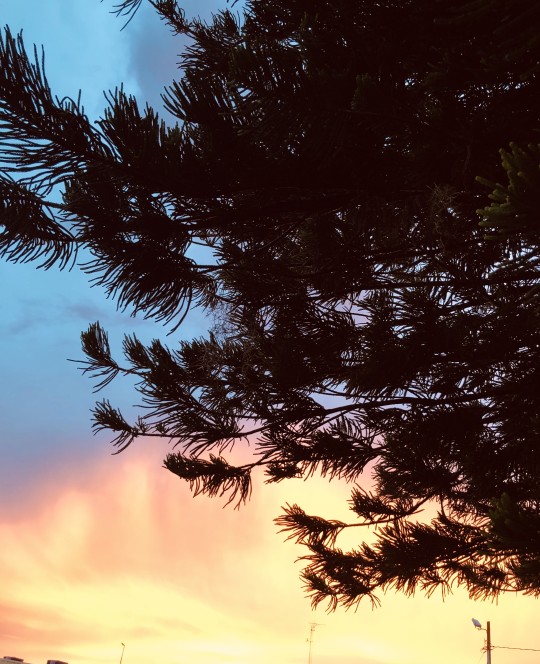
Title: Whispering Twilight
Description: In "Whispering Twilight," the evening sky becomes a canvas for the dance of light and shadow. The silhouette of the pine branches against the pastel hues of the sunset creates a captivating contrast, inviting viewers into a realm of quiet introspection. Abstract shapes and swirls blend seamlessly with the natural elements, blurring the lines between reality and imagination. As the day transitions into night, "Whispering Twilight" captures the fleeting beauty of the moment, where nature whispers its secrets to those who pause to listen.
0 notes
Text
VIRTUAL SKETCHBOOK # 4
1. WRITING, THINKING AND LOOKING CRITICALLY
Jackson Pollock's evolution from studying with Thomas Hart Benton to pioneering his famous "drip" paintings involved a profound shift in his artistic approach and philosophical stance towards art. Initially influenced by Benton's regionalist style and figurative imagery, Pollock gradually began to break away from representational forms. This transition was marked by his exploration of abstract imagery, where he experimented with elements of form and color divorced from recognizable subject matter. However, it was his experimentation with the drip technique that culminated in the complete removal of imagery from his paintings. By allowing paint to drip, splatter, and flow freely onto the canvas, Pollock embraced spontaneity and chance, prioritizing the act of painting itself over any predetermined imagery. This shift towards non-representational expression allowed Pollock to delve deeper into the emotional and psychological dimensions of art, creating works that embodied raw energy and pure abstraction.
2. ART PROJECT

Title: Celestial Harmony
This artwork captures the ethereal beauty of the evening sky, infused with a sense of tranquility and wonder. The interplay of light and shadow creates a mesmerizing contrast, while the soft hues of pink and purple evoke a feeling of serenity. The crescent moon and stars emerge as focal points, symbolizing the vastness of the cosmos and our connection to the universe. Abstract swirls and brushstrokes add a dynamic energy to the composition, mirroring the ever-changing nature of the night sky. Overall, "Celestial Harmony" invites viewers to contemplate the mysteries of the cosmos and find solace in its timeless elegance.
0 notes
Text
How did Jackson Pollock go from studying with Thomas Hart Benton and using abstract imagery in his paintings to removing all imagery in his famous “drip” paintings?
Early Influences and Training: Pollock trained under Thomas Hart Benton, a renowned artist recognized for his regionalist style and murals. Benton's influence may be observed in Pollock's early works, which had more figurative and representational elements.
During this time, Pollock learnt about the effect of large-scale paintings and absorbed Benton's theories on picture space1.
Pollock's shift towards abstraction began in the early 1940s, as he abandoned specific figures and shapes. He completely covered his paintings with markings, ultimately shifting to a more abstract style.
His painting technique became known as "action painting," which was distinguished by spontaneous, vigorous brushwork and an emphasis on the physical process of making art.
In his Drip Paintings, Pollock deviated from standard equipment including brushes, palettes, and easels, leading to his breakthrough. Instead, he used a flat canvas and let his imagination flow in the moment.
This is when he created his well-known "drip" paintings. Pollock would stand over a horizontally positioned canvas and drip or spatter paint over it. The results were dynamic, chaotic, and devoid of any identifiable imagery.
Pollock reinvented radical abstract expressionism by deleting all representational aspects. His groundbreaking method separated line and color, fundamentally redefining the definitions of drawing and painting. These paintings were famous, ushering in a new way of thinking about and seeing art.
In summary, Jackson Pollock's path from studying under Thomas Hart Benton to developing his drip paintings was a gradual movement from realism to abstraction, ending in a pioneering creative style that continues to captivate audiences today.
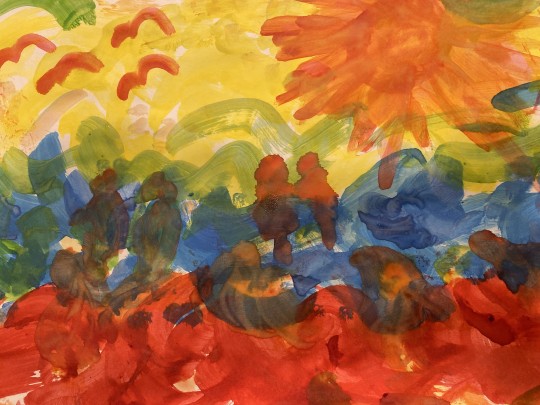
0 notes
Text
1. How did Jackson Pollock go from studying with Thomas Hart Benton and using abstract imagery in his paintings to removing all imagery in his famous “drip” paintings?
Jackson Pollock stuffed at Art students league, when he met American regionalist Thomas Hart Benton where he picked up his inspiration. His eyes were focused on European modernism such as, Picasso someone he even cursed. He joined a workshop in 1936 with Mexican muralists. Revolutionary art required new materials like automobile , lacquer and paint thinner. Also airbrushing and stenciling. Pollock used these techniques to hell him but he still drew from different sources. His southwest childhood had him interested in Native American Art. He visited Moma’s in 1941 show Indian art of the United States seven times attending a demo of Navajo painting made by dropping colored sand on the ground. His dripping painting didn’t come from out of no where others were doing it as well. 1942 was he first did and it was selected in Peggy Guggenheim gallery. Piet Mondrian said it was the most interesting work he had seen in America so far. The first solo show, and pictures were described as archaic tribal of elemental power. The art was described as unpredictable and undisciplined. This art started a mural in her New York town house, producing a 19 foot long canvas that derailed his way up to success. By 47 he started putting his canvases on the floor. He didn’t sketch, he controlled his flow of paint. He knew what kinds of motions and what tools and paints to use to create the results he wanted. They seen his painting as bodily spillage, vomit or urine. Despite that the Museum of Modern art took high interest. Mr. Greenberg believed the painting to be the culmination of the advancement of art since the dawn of modernism. The images made by photographer Hans Namath of Pollock painting in 1950 and a short film of pollock work outdoors and the view from the below of his painting. Diving deep and up close on how the artist works. During the age of 51 and 52 the art was made with black enamel and turkey bast oscillating between abstraction and figuration. Due to alcoholism in his last year his work was only sporadically. Died at the age of 44, 1956 in a car accident. Pollock symbolized American fearlessness and freedom that his work was use as proof in Cold War what was possible in democracy no matter the circumstances. His art showed what got us here, more detailed than what’s been shown before.

2. For my personal art piece I chose this sculpture in my house. As long as I can remember we always had it in every front room we lived in. The art has such great value because, my mom said it belonged to her mother and she seen it growing up as well. Therefore she feels closer to her because of her death. This piece of art has a lot of elements going on. From the neutral colors to the swirly lines going different directions. The art represents ongoing peace and blessings.

0 notes
Text
Virtual Sketchbook #4
Alexa white
Writing, thinking and looking critically:
 It was a huge move for Jackson Pollock to switch from studying with Thomas Hart Benton and using abstract art to his iconic "drip" paintings. As Pollock was inspired by European modernists and Mexican muralists, he moved away from Benton's regionalist style. The change led him to explore Surrealism and automatic drawing. The Native American sand painting techniques influenced Pollock's abstract art. Then, in the 1940s, he developed his revolutionary drip painting technique, abandoning brushes. Splashing paint on the canvas with his hands, Pollock removed all representational imagery, focusing solely on the movement and energy of the paint. Abstract Expressionist movement started here, with Pollock as a pioneer.
Art Project:
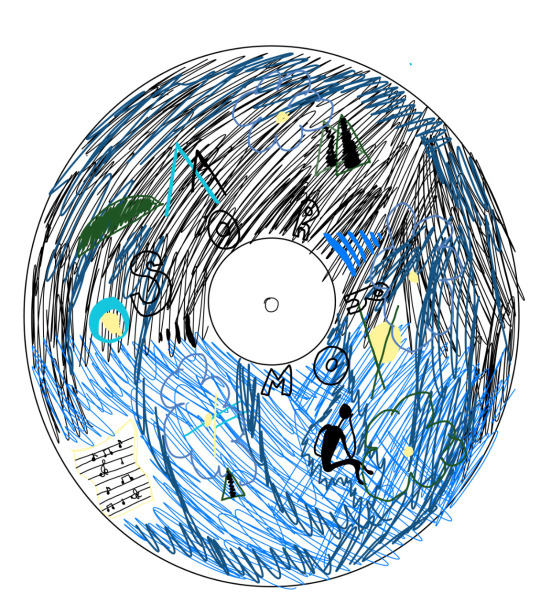
0 notes